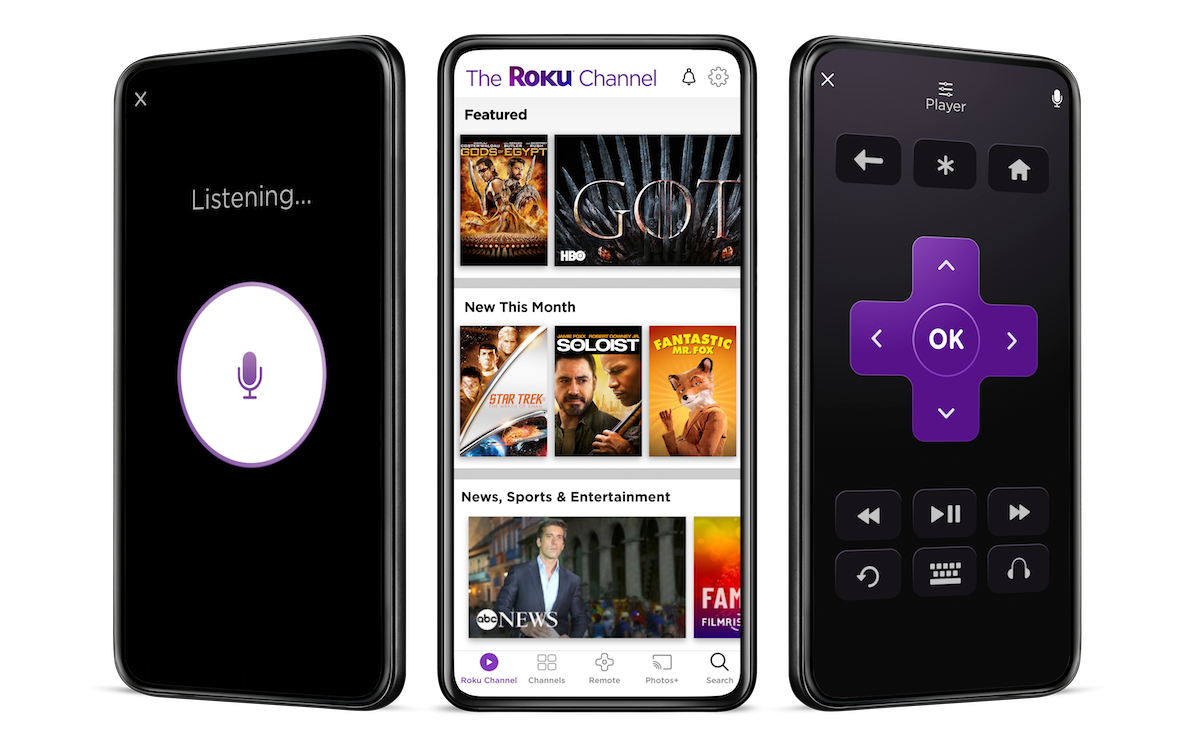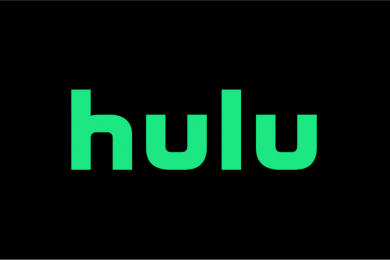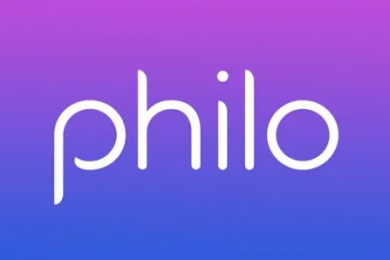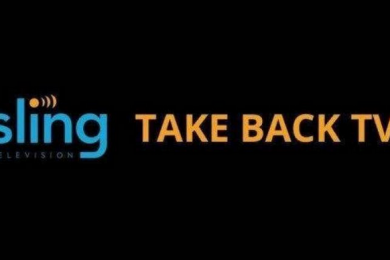Roku users across the US rejoiced at the news that Peacock would finally be available through their digital video aggregator. This makes sense, as Roku is used by 43 million people across the US – an explosion in activity in the last few years.
However, those who have been following the news about why Peacock hasn’t had Roku compatibility for months will know all about the feud. In other words, Comcast and Roku have been engaged in ‘negotiations’ for months, with neither party willing to back down.
What it has boiled down to is disagreements over a deal which will grant both parties sufficient revenue and a strong enough business model to ensure they can sustain continued growth and profitability over the coming years. This makes sense, much as it will be annoying for the average consumer who just wants to watch 30 Rock on a Saturday night.
We’re entering uncharted territory as the face of television consumption changes. Most of us will already be aware of increasing habits whereby people will connect their smart TVs, phones or laptops to a streaming platform as opposed to a local TV channel via cable or similar. But now, as new streaming services come out, brokering a decent deal with aggregators is clearly proving to be more difficult than expected.
For those not wanting to get bogged down in marketing speak and business jargon, the fights going on between Peacock and HBO Max with Amazon, and Comcast with Roku, concern user information control and advertising revenue. Essentially, people at NBCUniversal (of which Comcast is the parent company) don’t want Peacock to be part of Amazon Channels, where Amazon can take a cut of the revenue for each Peacock sign-up through this medium.
Disney managed to land a deal where they could establish an entirely separated relationship with their customers – so these companies understandably want a similarly strong business model. More to the point, this setup would give NBCUniversal access to valuable resources such as user data which would let them target advertising based on individual preference – in turn letting them charge advertisers higher rates.
Meanwhile, over on the Roku front, Peacock has not been able to agree on a deal regarding how advertising inventory is shared until recently. This is because the ad sales staff associated with Peacock want to keep as much ad inventory for themselves – which, of course, Roku is not likely to merrily agree with, because it’s not good business for them. Various intricate decisions have been considered as part of the final deal, such as letting Roku have access to less popular content for more ad inventory, while Peacock keeps more inventory for their flagship titles.
With so many new streaming platforms wanting to broker deals with aggregators such as Roku and Amazon Fire TV, it therefore makes sense that there is going to be a rocky start as people from both sides negotiate a deal which keeps everyone happy. Ultimately, this is a fight for user data and advertising revenue which the day to day consumer will not be concerned with. Unfortunately, because we’re living in an age where streaming on new platforms via Amazon and Roku simply hasn’t been done before, we’re being forced, as consumers, to wait for big businesses to finish squabbling and reach a compromise so they can commence making money from our subscriptions or ad breaks.
For those who watch content using Amazon Fire TV, there’s still a wait to go until Peacock is available on their devices. Similarly, HBO Max has not made a deal with Peacock yet – so it’s inevitable that the everyday consumer is going to be left chomping at the bit while business executives pull their hair out over negotiations in the months to come.














